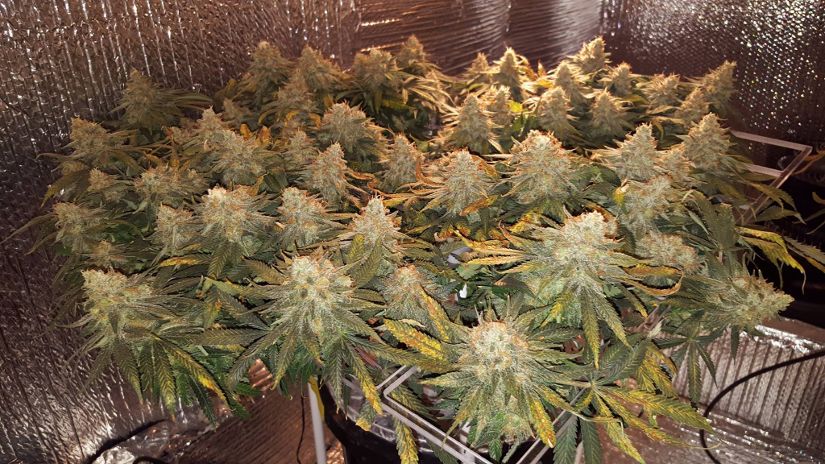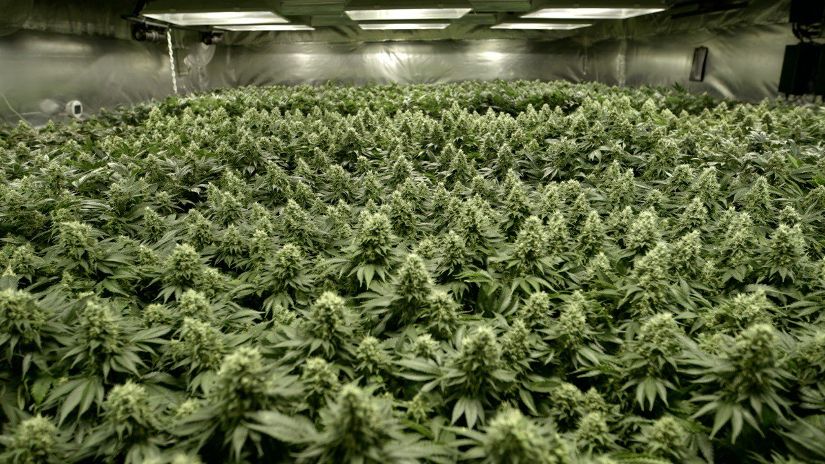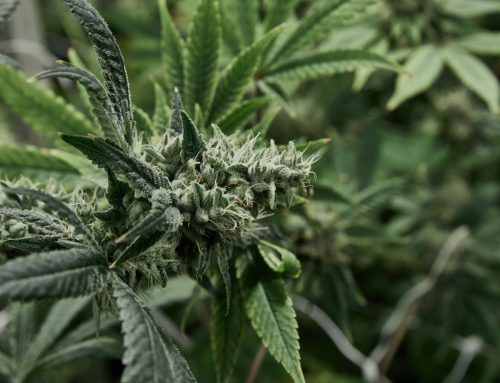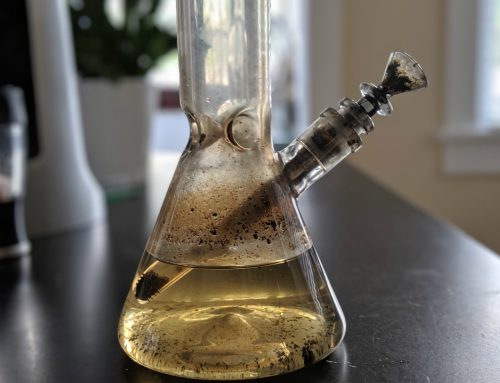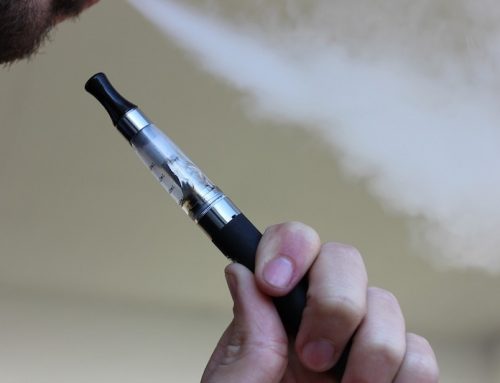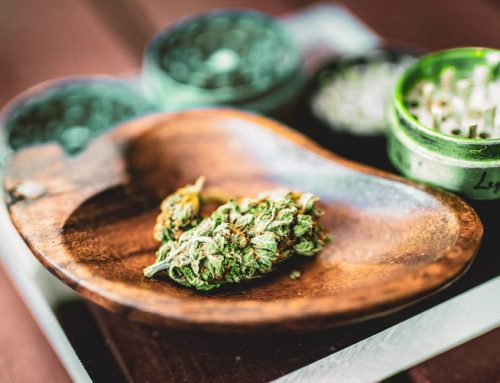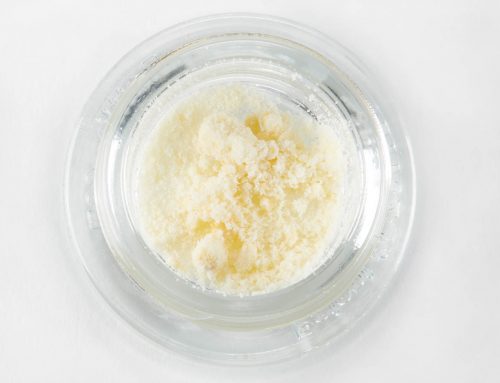One of the great things about cannabis – of which there are of course plenty – is the way in which it is technically so easy to grow. Provided with at least moderately stable conditions, even those with no experience or specialist equipment at all can produce semi-decent cannabis plants.
At the same time, if you have any intention of producing the kind of crop you’ll be genuinely proud of, you need to be willing to put in the required effort. And by effort, what we actually mean is brushing up on the more advanced cultivation techniques that increase your chances of truly spectacular results.
As with most things, exactly which approach to growing represents the best cultivation method of all splits growers right down the middle. While some will tell you that one way of growing really is the only way to get the job done, others would most likely respond with a snigger of disbelief at such a suggestion. Still, when it comes down to the science of it all, there are certain methods that tower over others.
Two of which we will be taking a look at today – the highly popular and hugely effective ScrOG and SOG methods.
Once again, you can bet your bottom dollar that you’ll prompt entirely different responses, in accordance with whom you ask about either method. One thing’s for sure though – if this represents your first time trying your luck with either of them, you could be in for a pleasant surprise as to what you produce!
Growing with the ScrOG Method
First up, the ScrOg technique – aka the Screen of Green method – basically refers to a process whereby the grower installs a screen of netting in-between the growing medium and the grow lights. The idea being that given sufficient time, the cannabis plants eventually grow to the height of the screen, at which point every branch trains across the surface of the netting to create a sizeable and evenly distributed canopy.
This can be a great way of making the most of the entire area of your grow lights cover in your indoor grow space. By nurturing the development of a canopy that is spread out across a large area, you encourage any number of buds to grow as large as possible and reach their full potential. Typically speaking, it would just be the first bud right at the top of the plant that would be given this kind of opportunity.
In terms of service area needed, a general rule of thumb is to allow around 30 square centimetres of netting for each cannabis plant. Needless to say however, this will vary significantly in accordance with which strains you are growing. Just as soon as the canopy has been established, it is wise to get rid of any lower leaves that no longer have access to any of the light being emitted from above. This simply wastes the time and energy of your plant, which could be focused on more important and valuable areas.
One of the most important things to consider if you choose to go ahead with the ScrOG technique is the timing of the operation. The reason being that in accordance with the genetics of the plant, each cannabis plant may behave differently after being switched over to a flowering photoperiod. While some of your plants will quickly establish horizontally across the net, it won’t be the same with others. Which will in turn determine how long it is necessary to leave your plants in their vegetative state while using this method. The key point being that to switch lighting cycles too soon or too early could result in the production of a weak and relatively unproductive canopy.
The Advantages of ScrOG:
The primary advantage of the ScrOG technique is that while it may be relatively advanced, it is also fundamentally easy. You also don’t need a particularly huge amount of space to produce outstanding results, if you get it right. It is a popular cultivation method that is suitable for both cannabis seeds and cuttings alike, nurturing the production of multiple bud sites and maximising yields. Given that you don’t need a great many plants to produce plenty of quality cannabis, it is also a relatively low maintenance approach to cannabis cultivation.
The Disadvantages of ScrOG:
As for the downsides of the ScrOG technique, the most immediate that comes to mind is the fact that it isn’t quite as fast as the SOG technique…which we will get to shortly. In addition, it can sometimes be slightly tricky (or at least inconvenient) to set the required screen up in the first place.
Growing With SOG Method
So how does the cultivation technique above differ from the equally popular SOG technique? Sometimes referred to as the Sea of Green of growing method, the SOG technique essentially approaches things the exact opposite way. Rather than encouraging cannabis plants to produce as many bud sites as possible, the SOG technique forces the plant to invest every bit of its energy into one primary kola.
While the ScrOG technique can be great for producing plenty of bud in a small space, the SOG technique takes things to extremes when it comes to producing high quality cannabis as quickly as possible with next to no space available. What’s important to bear in mind before even considering the SOG technique is that it is a cultivation method that is only compatible with clones.
The SOG technique to a certain extent takes everything you think you know about cannabis cultivation and rewrites the rule book. Rather than giving each cannabis plant plenty of space to grow, those following the SOG technique typically pack somewhere in the region of 40 clones or more into every single square metre. What’s more, following no more than a fortnight to begin establishing, the flowering photoperiod is introduced.
Common sense will probably tell you that this would result in slightly stretched and underdeveloped cannabis plants, capable of producing next to no product. In reality however, and for reasons nobody really seems to understand, the technique actually sends the clones into overdrive. They quickly begin to produce a robust stem and strong branches – pretty much the opposite of what would be expected. They will continue to stretch in the direction of the light, before focusing their efforts on the production of a spectacular cola. More often than not, suitable Indica strains grown using the SOG technique reach no more than around 30 centimetres in height, though still manage to produce quite incredible colas.
Advantages of SOG Growing:
As you’ve probably already figured out, the biggest advantage to the SOG technique is the way in which it produces potentially spectacular cannabis in the shortest possible time. What’s more, even with no more than a single square metre of space available, you can still produce a quite ridiculous amount of high quality herb. A fantastic option for those with very little time and space available.
Disadvantages of SOG Growing:
On the downside, the SOG technique represents a particularly high maintenance approach to cultivation and needs a lot of input and monitoring to succeed with. As already mentioned, it is also a cultivation technique that is exclusive to clones only. You’ll also need comparatively strong and high-quality lights to succeed with the SOG technique, which for obvious reasons can constitute a relatively elevated expense.

